Halifax Video Vault
Halifax Video Vault
Halifax: The building of a boom town
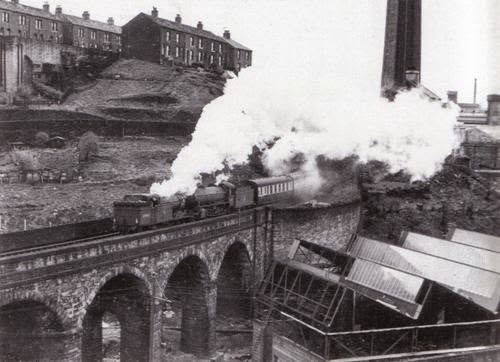
Exploring the daily life of a large family in Yorkshire, 'We of the West Riding' shows both their work at the textile mills and their varied leisure pursuits
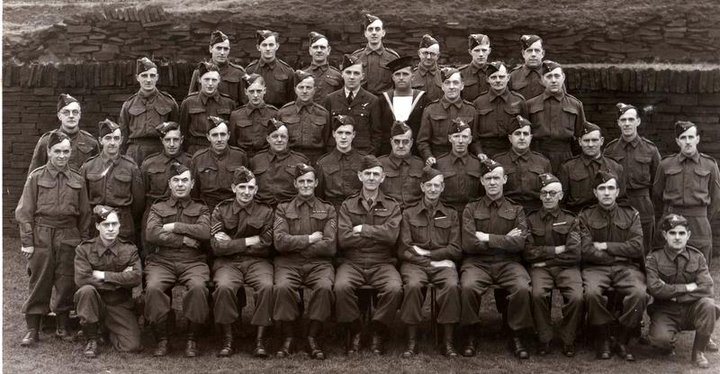
STAND DOWN PARADE OF THE HOME GUARD | Yorkshire Film Archive (yfanefa.com)
This is a film taken in December, 1944 by the Halifax Cine Club of the Stand Down of the local Home Guard towards the end of the Second World War.
ROYAL VISIT TO HALIFAX 1937 | Yorkshire Film Archive (yfanefa.com)
On 20th October, 1937, George VI and Queen Elizabeth visited Halifax. This film documents their visit including arrival and departure, Shibden Hall., Town Hall inspection and presentation, and schoolchildren on roadside Savile Park'
SATURDAY MORNING OUT - HALIFAX ETC. | Yorkshire Film Archive (yfanefa.com)
This reel of film consists of a number of different films taken around Halifax from varying years and film stocks. Made by the Halifax Cine Club, the films included in this reel are in the following order:
IT STARTED WITH WOOL | Yorkshire Film Archive (yfanefa.com)
This is a film which dramatises the history of the textile industry and its effects on the city of Halifax complete with narration, music, and commentary.
CIVIL DEFENCE EXERCISE ETC | Yorkshire Film Archive (yfanefa.com)
This reel of film consists of a number of different films from varying years and film stocks. The films included in this reel are in the following order:
Civil Defence Exercise
Halifax Town in Training and Match Day
Odsal, Bradford Cup Replay - Halifax v. Warrington
Eric Portman Opens New Shops
The Last Show at the Palace Theatre
Halifax Gala Procession to Manor Heath Park
The Halifax Show in Shibden Park
Halifax Civil Procession
Another Halifax Gala Procession to Manor Heath Park
OPENING OF THE SERBIAN ORTHODOX CHURCH | Yorkshire Film Archive (yfanefa.com)
Made by members of the Halifax Cine Club, this film documents the opening of the Serbian Orthodox Church of the Holy Trinity in 1954. It includes footage of King Peter II of Yugoslavia as well as both interior and exterior footage of the church.
VARIOUS HOLROYD FILMS | Yorkshire Film Archive (yfanefa.com)
This reel of film consists of a number of different films from varying years and film stocks. The films included in this reel are in the following order:
GLEDHILL COLLECTION 5 | Yorkshire Film Archive (yfanefa.com)
This is a film which documents events in the Halifax area including winter scenes and Heroes on Parade after Dunkirk at the Gleddings (now a Prep school.)
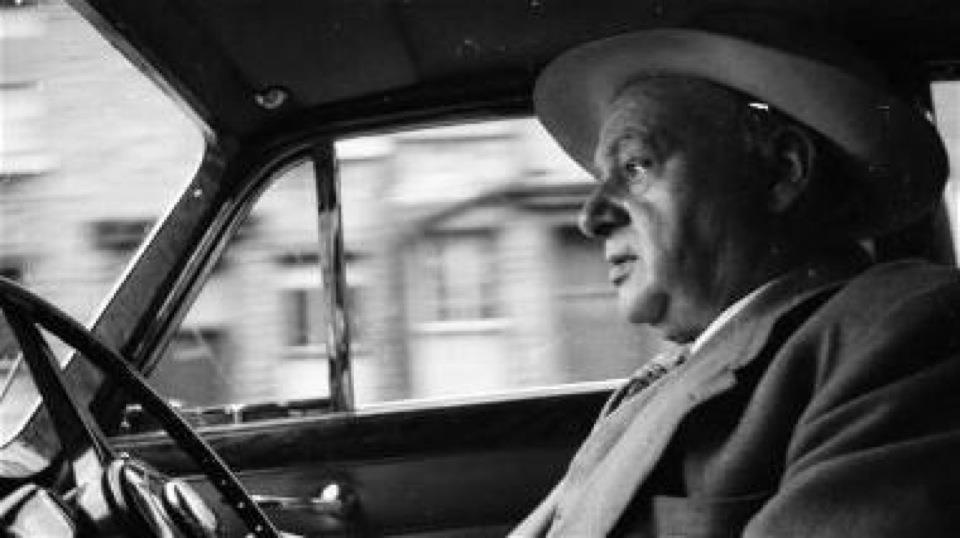
THE NIGHT HAS EYES | Yorkshire Film Archive (yfanefa.com)
This is a film made to promote Reflecting Roadstuds (aka cat’s eyes), invented by Percy Shaw of Halifax. The film demonstrates their great advantages for night driving, how they work, how they are made in Halifax, and how they are installed into roads.
OUR TOWN | Yorkshire Film Archive (yfanefa.com)
This film was made by Halifax Cine Club to commemorate the town by providing an overview of its history, industry, landmarks, local services and sporting and cultural life. Among that which is highlighted are Crossley carpets, the Mackintosh factory, Shibden Park, schools, the library, and recent immigrants. The film originally premiered on 31st May, 1972 at the Halifax Civic Theatre. It was later shown to audiences at the former Alexandra Hall.
THE SWEET LIFE | Yorkshire Film Archive (yfanefa.com)
Made by Ernest Hardy of Halifax Cine and Video Club, this film documents the process of making hand-made boiled sweets at the factory of Joseph Dobson & Sons in Elland
CALDER/HEBBLE CANAL - FREEZING AND FLOODING | Yorkshire Film Archive (yfanefa.com)
This is a film of the Calder & Hebble Canal during the winter of 1947. There is footage of the canal frozen as well as extreme flooding which occurred after the thaw. Barges, some horse-drawn, are try to make their way along the frozen canal using various means, such as men breaking the ice with poles from the edge of a barge and by rocking a barge from side to side. The canal has flood-damaged banks and locks, and a factory area is flooded
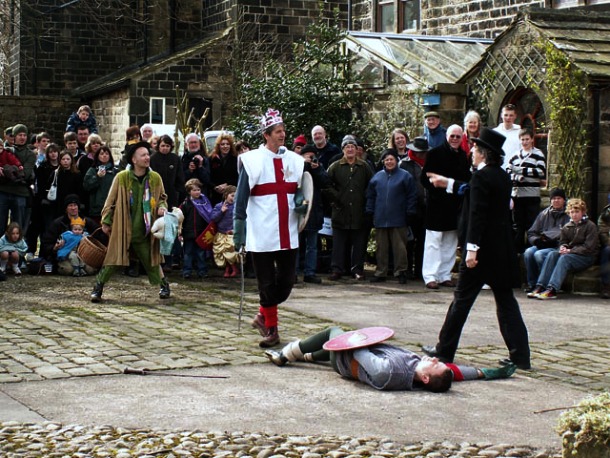
THE PACE EGG | Yorkshire Film Archive (yfanefa.com)
The Pace Egg play is performed each year on Good Friday in the towns and villages in the Upper Calder Valley. The name derives from the Latin word for Easter - Pasche. This film documents the street performances of the play in which the actors are dressed in traditional mummers costumes.
We see a glimpse of Halifax's mayor, but the streets are where the action is in this wonderful record of life on the Edwardian pavement. A constant stream of human, animal and vehicle traffic passes before the camera, and the faces are sharp and clear despite a misty January day (snow is visible on the rooftops). A fascinated crowd, mostly children, gathers in front of the Grand Junction Hotel.
The snappily-named 'Tweedale-Edison Phono-Bio-Motograph Company' found huge success in Halifax for its programme of films entitled 'A Trip Round the World'. But the most popular part of the show proved to be these local scenes. It's likely that they were shot at different times throughout the two-week run at Victoria Hall and added to the bill to encourage paying audiences to come back for more.
An unusually painterly visual sweep (taking landscape rather than people as its subject) distinguishes this particularly special Mitchell and Kenyon film. It proves thought-provoking as well as beautiful: expressing the changes to the face of Britain heralded by tram electrification and later accelerated by the internal combustion engine: the route travelled here is today a busy A-road.
It rained all day in Halifax on 10th July 1908, but the procession to raise funds for the Infirmary went ahead. Tradesmen launched elaborate floats with local organisations like the firemen and nurses. Most intriguing is a madcap minstrel band for the touring 'Casey's Court' sketch show, a comedy franchise that just a year before had briefly attracted the talents of a pre-fame Charles Chaplin.
Harry Bailey's Punch and Judy booth is set up on the high ground overlooking Halifax, giving an excellent view of the town with a steam train in the station. A crowd of men and children look on, while a boy with a drum and whistle is presumably there to drum up trade and take the hat round. The show itself features a real dog as Toby, and a ghost which frightens Mr Punch out of his wits.
For a day, the old religion holds sway over the centre of a mainly Protestant wool town, captured in Mitchell & Kenyon's only 'Catholic' film made outside Lancashire. 'Erin' (Ireland in Gaelic), written in flowers, proclaims the origins of much of Halifax's Catholic community. Priests, worshippers, altar boys, women and girls in elaborate hats and small children throng the streets.
This film starts out as a slice-of-life street view before stopping to appreciate a large-scale procession headed by a brass band, a large number of women and girls wearing elaborate hats and, finally, men and boys. The purpose of the procession is unclear: it's less overtly religious than other Halifax processions, although the word 'CHOIR' can be glimpsed on one of the fluttering banners.
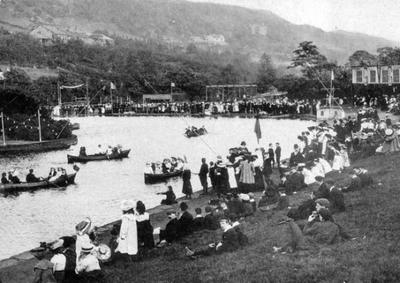
Watch Trip to Sunny Vale Gardens at Hipperholme (1901) online - BFI Player
These scenes were filmed at West Yorkshire's Sunny Vale pleasure gardens for their owner, Joseph Bunce. On this sunny summer's day the gardens are full of people in Sunday best enjoying swings and rides, music and dancing. The film adds staged comic scenes (perhaps Bunce and his sons), including a young man in women's clothing falling during a donkey race, showing an expanse of frilly knickers.
Watch Halifax v Salford (1901) online - BFI Player
Though the camera can't always follow the pace, this record of a Yorkshire v Lancashire contest is one of the best of Mitchell and Kenyon's rugby films. Shot on a bitter February day, it boasts sharp, lively images of play and camera positions that bring us almost nose-to-nose with the players. Spectators are packed tightly on the terraces, which might at least have helped keep the cold at bay.
The Leeds Historical Expedition Society explored the mile & half long abandoned Queensbury railway tunnel to the West of Bradford. At 400' below the village this is the deepest & longest disused tunnel in England. A real monster! The last passenger trains ran through here in 1955 with all freight finished the track was lifted in the early 1960's
Return to Homepage
If you have enjoyed your visit to this website, please spread the word by clicking the 'like' and 'share' buttons below. Thank you
